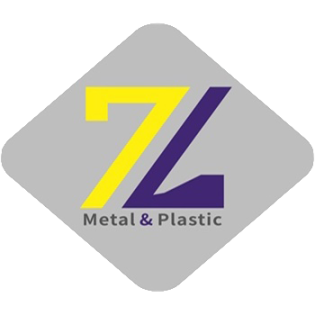Aluminium Surface Treatment
Aluminum surface treatment is a process that uses a specific process to modify the surface of aluminum and its alloy materials, aiming to improve its surface properties, enhance corrosion resistance and aesthetics. Aluminum surface treatment mainly includes anodizing, electroplating, spray coating, chemical treatment and other methods to meet the surface performance requirements of aluminum materials in different industrial fields.
First of all, anodizing is a commonly used aluminum surface treatment process. By anodizing the aluminum material in a specific electrolyte, a dense and uniform oxide film is formed, which improves the surface hardness, wear resistance and wear resistance of the aluminum material. Corrosion resistance.
This oxide film has a certain pore structure and is suitable for coloring, dyeing or sealing to obtain different colors and decorative effects.This treatment method is widely used in automotive parts, building curtain walls, aerospace and other fields to improve the surface quality and service life of aluminum materials.
Secondly, electroplating is another common aluminum surface treatment method, including nickel plating, chromium plating, zinc plating and other metal plating treatments. The surface of electroplated aluminum products has good corrosion resistance, aesthetics and mechanical properties, and is suitable for decoration and protection. The electroplating process can effectively prevent oxidation corrosion of aluminum materials, extend its service life, and improve its appearance quality. It is widely used in automotive parts, household items, decorative materials and other fields.
spray coating of aluminum materials is also a common surface treatment method. Spraying epoxy resin, polyester, fluorocarbon paint and other coatings can not only provide rich color choices and decorative effects, but also effectively prevent aluminum materials from deterioration. Corrosion and oxidation. Spray coating is suitable for surface treatment of aluminum alloy doors and windows, sun rooms, aluminum decorative panels and other products.
In addition, chemical treatment is also one of the common aluminum surface treatment methods, including pickling, soaking, solvent cleaning and other chemical methods, which are used to remove oxide scale and pollutants on the surface of aluminum materials to provide a clean and uniform surface for subsequent treatment processes. This treatment method is suitable for aluminum products that have strict surface cleanliness requirements in electronics, communications, electricity and other fields.
To sum up, aluminum surface treatment is to modify the surface of aluminum and its alloy materials through a series of processes and methods to improve its surface properties, enhance corrosion resistance and aesthetics.Different surface treatment methods are suitable for different industrial fields and product applications.The appropriate surface treatment process can be selected according to specific needs to obtain the best surface effect and performance.
